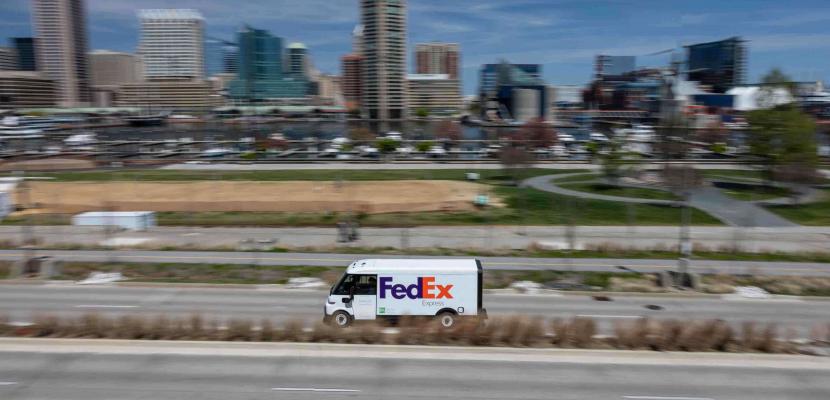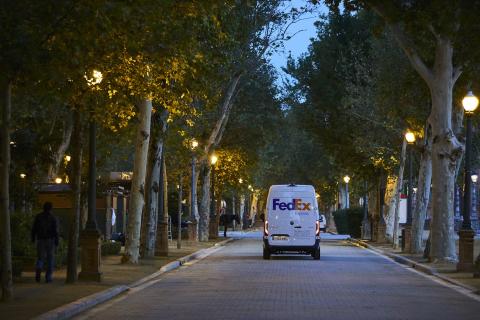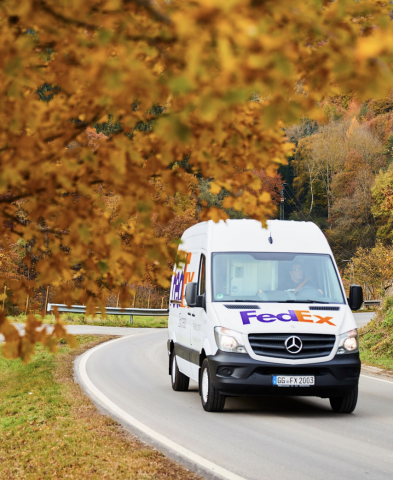
FedEx - Priority Earth: initiative to deliver a more sustainable future

About this good practice
Ecommerce is changing business, moving operations from the enterprise to the consumer, disrupting proximity logistics with an incredible amount of parcels. To cope with this FedEx, a company until now specialized in the global conveyor belt of B2B (goods that travel fast from company to company, to the four corners of the world), is now renewing its fleet with electric vans and bicycles, moreover they hope to be able to test soon in Italy also the FedEx delivery robot. The company has set a goal of becoming carbon neutral by 2040, and to achieve this it will have to manage the increase in orders in a sustainable way. The change of step comes in the period in which FedEx has completed the acquisition of the historic Turin headquarters of Tnt, the Dutch multinational.
Turin and Piedmont, where there are more than a thousand direct employees and third-party suppliers, remain central to the development of FedEx in Italy: here, with Cernusco sul Naviglio, they will maintain the headquarters. The company will still invest in Piedmont by creating a new hub in Novara, a project in the pipeline for 2022, which will lead to the hiring of around 800 parcel sorting service employees in the national hubs.
Resources needed
More than 100 million euros
Evidence of success
Fully electric vans will be the primary vehicles delivering packages in most communities. Here are some features of the new vehicles:
-Zero tailpipe emissions
-Over 600 cubic feet of cargo space allows for multiple package deliveries per trip
-Estimated range of up to 250 miles a full charge
Potential for learning or transfer
Investing in zero-impact mobility is not only the responsibility of car companies or airlines, but every blockchain actor can and should contribute to the development of a new paradigm (including shipping companies). Over the past decade, a number of international, European and regional policies have been established to support electric vehicles (EVs) in key markets, which have helped to stimulate a major expansion of electric car models.
But the challenge remains enormous. Heavy electric vehicles (HDVs) have been slower to adopt than LDVs due to high energy demand, large battery capacity requirements and limited availability of vehicle models.
This good practice from the industrial world can be useful for national and regional politicians to outline a variety of regulations (such as new and stricter CO2 emission standards for heavy-duty vehicles) and incentives that drive continued technological development towards a zero-emission transport sector.
Further information
Images




Documents
FedEx_2021_ESG_Report.pdf
Website
Good practice owner
You can contact the good practice owner below for more detailed information.
